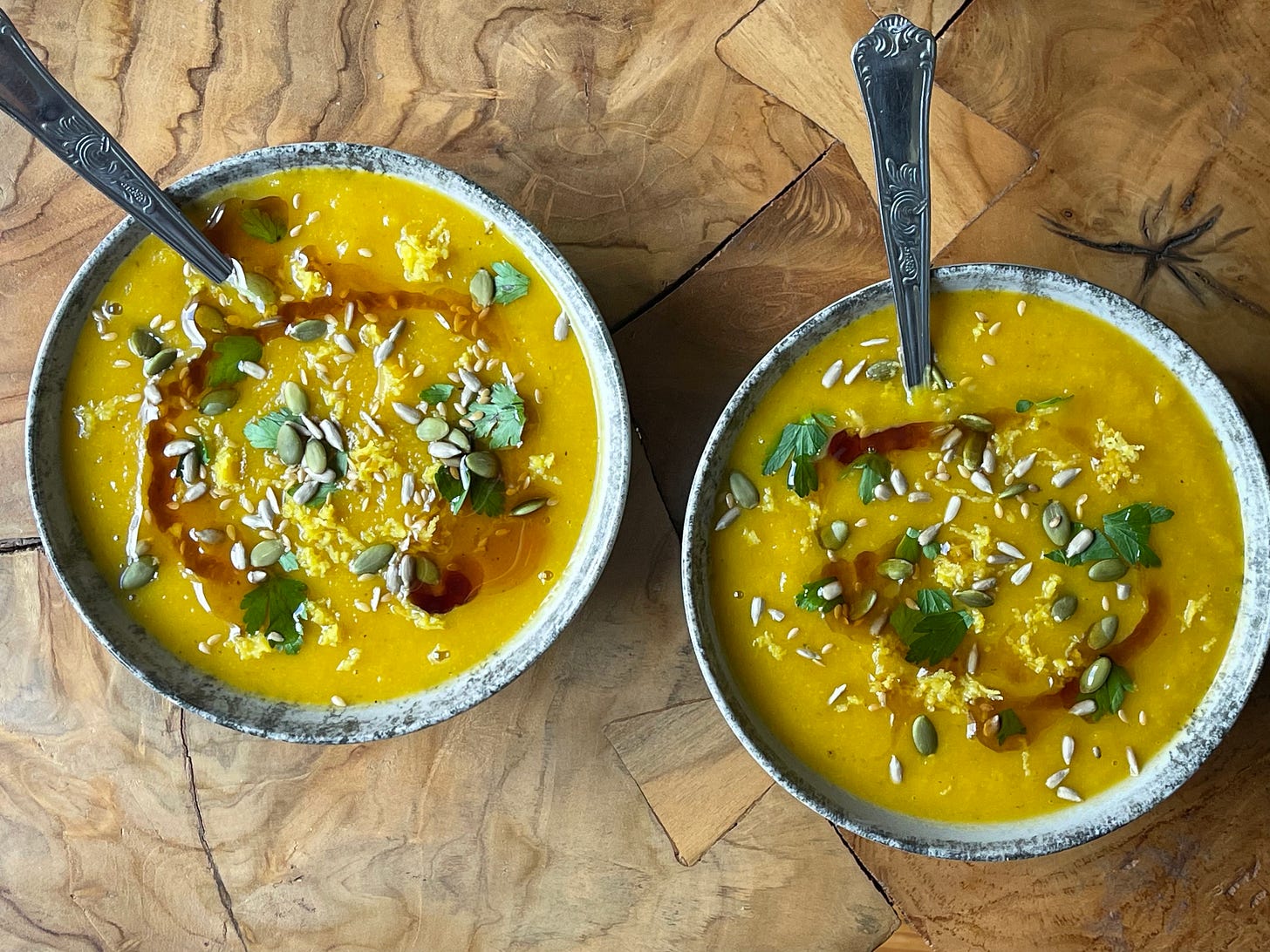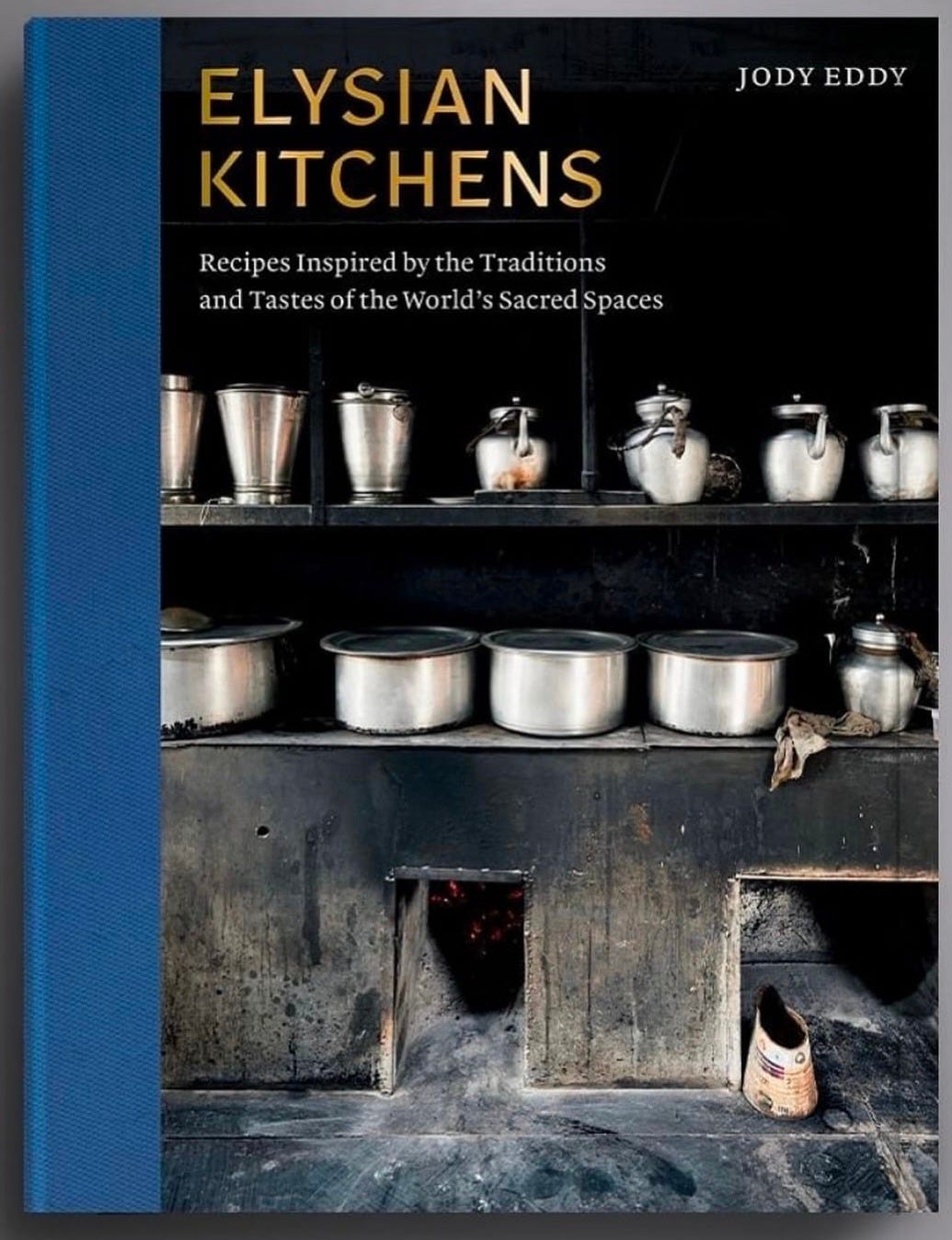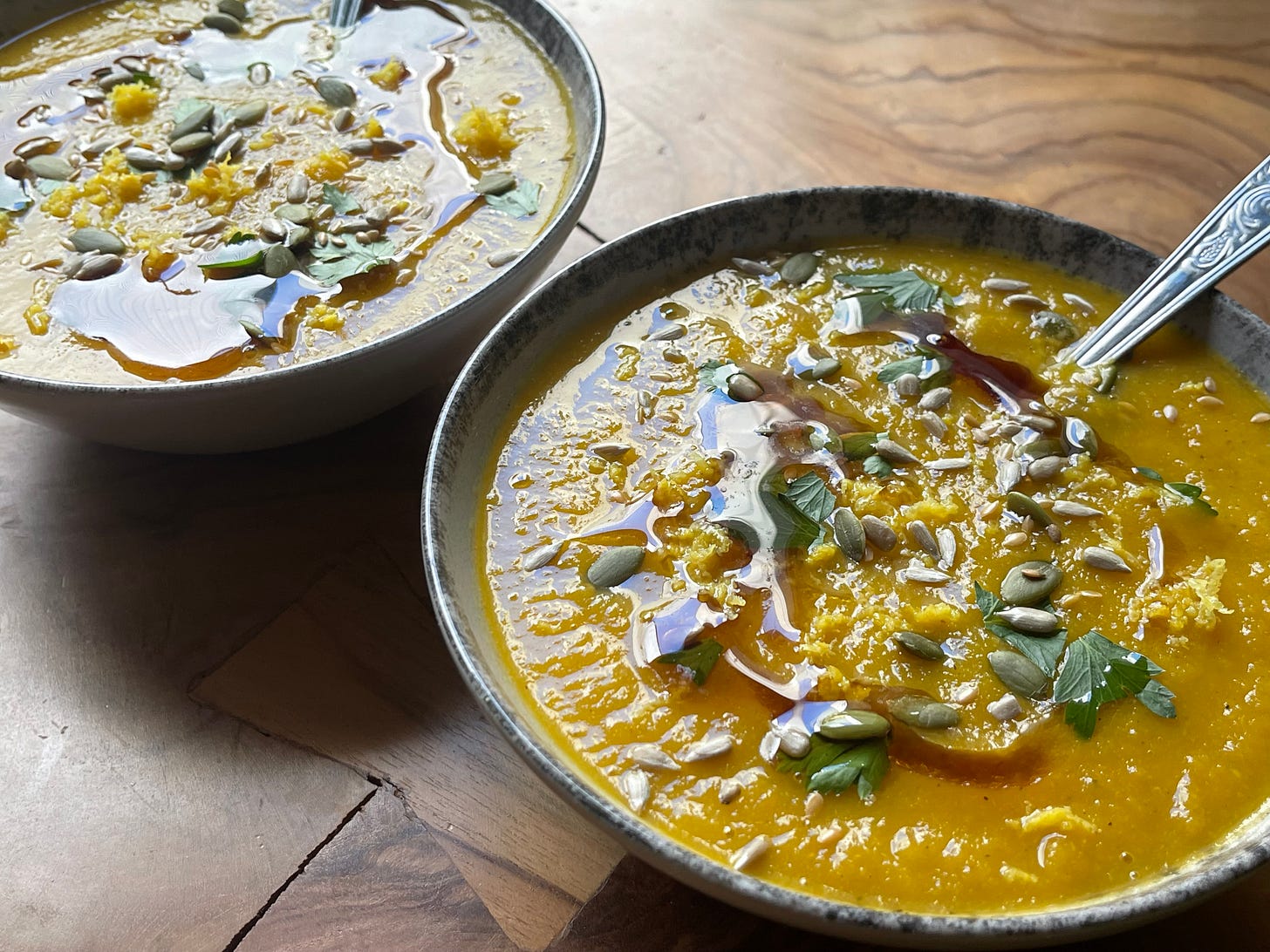Sail In On A Shrimp Sandwich
A guide to Gothenburg, Sweden, cookbook news, and the brightest soup recipe you'll make this fall
Welcome to What’s Good Here, a weekly newsletter of recipes, guides, inspiration and expat news. Thank you for being here! This post is free, so please feel free to share it with the food and travel lovers in your life. What’s Good Here is a reader-supported endeavor. To support this publication and to gain access to all recipes, guides, giveaways and other perks, please consider becoming a subscriber. Thank you!
Book News!
Elysian Kitchens was published on October 15th by W.W. Norton and is available online as well as in many independent bookstores. Here’s a quick roundup of some of the places where the book has been mentioned so far along with registration info for an event I’m hosting in November (many more events to come, watch this space!).
If you’ve picked up a copy and enjoyed it, I’d be so grateful if you’d consider leaving a review—they truly help. There will be more news and behind-the-scenes stories about Elysian Kitchens in the coming months, along with an event series inspired by the book that kicks off in Ireland in spring 2025. Stay tuned!
Splendid Table Podcast (listen): Fall Cookbook Favorites with authors Carolina Gelen, Sonoko Sakai, and Jody Eddy
Literary Hub (read): Heavenly Paella: Exploring a Unique Monastic Culinary Culture in the Mountains of Catalonia: Jody Eddy Visits The 12th-Century Cistercian Monastery of Poblet
Jewish Book Council (read): Elysian Kitchens Book Review
Culinary Historians of New York (register for the Nov. 13th event): Elysian Kitchens: Recipes and Stories from Monasteries, Mosques,Temples and Synagogues Around the World with Jody Eddy
Independent Bookstores (shop!): Elysian Kitchens is available at many of your favorite independent bookstores including Book Larder in Seattle, Books for Cooks in London, Battenkill Books in Cambridge, NY, and Kitchens Arts & Letters in NYC.
And now, Sweden!
Gothenburg welcomed me with an ease and warmth that felt effortless, like sailing in on a shrimp sandwich—a Swedish saying that speaks to arriving in a situation with little effort, perhaps by chance or good fortune. It’s also a way to remind people to not get too far out over your skis, in other words, keep your ego in check. It’s a phrase that captures the quirky, lighthearted humor I encountered throughout my time in this charming coastal city.
From the lively markets to the unhurried pace of fika to a stellar restaurant scene and plenty of independent bookstores to get lost in, Gothenburg’s inviting spirit and infectious cheerfulness were evident everywhere I went during my brief but action-packed visit.
There’s a guide at the end of this post for some of the best places I visited during my stay and a recipe for a vibrant, quick and flavorful root vegetable soup that makes good use of food scraps otherwise destined for the bin or compost pile.
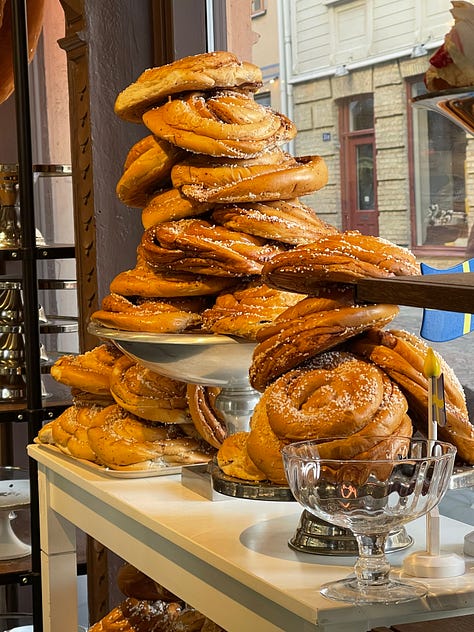
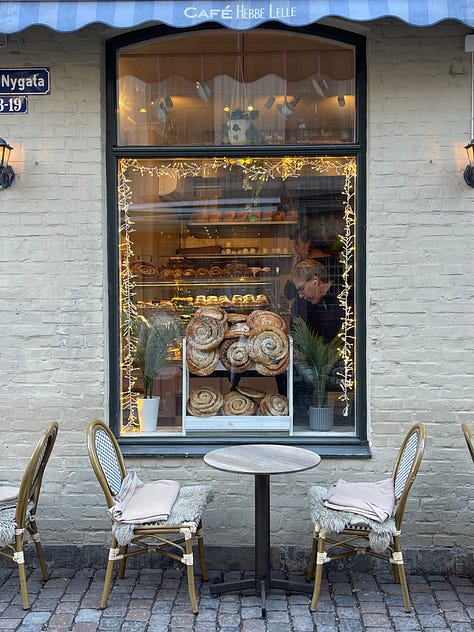
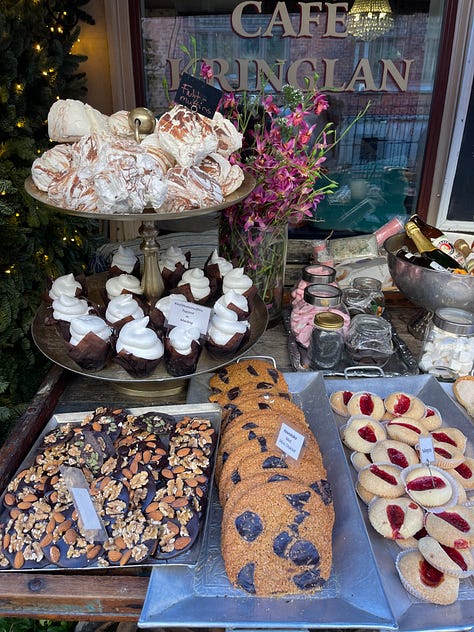
Holding Up a Mirror to My Minnesota Childhood
I’ve spent a significant amount of time in Iceland and Denmark for both work and pleasure and because of my Midwestern background, I’ve always felt a deep connection to Scandinavia. But despite my sometimes obsessive Nordic travels (50+ visits to Iceland and counting!), much of the region remains undiscovered to me.
Swedish customs were woven into the everyday life of my childhood. There were the Swedish pancakes and gravlax that my relatives made, ostkaka (Swedish cheesecake) and lussekatter (saffron buns) from Ingebretsen’s, an iconic Swedish bakery in Minneapolis that opened in 1921, and visits to the American Swedish Institute in Minneapolis for traditional festivals and concerts. Swedish culture, even if you’re not Swedish (30% Norwegian but not a single percent Swede for me), is a way of life.
These cultural and culinary touchstones, coupled with the reserved, no-nonsense demeanor that is the trademark approach to life for many Minnesotans, meant that I’ve long felt an affinity for Sweden. I just hadn’t gotten around to visiting it yet. My trip to Gothenburg felt like holding up a mirror to my childhood and to some of the people I love most.
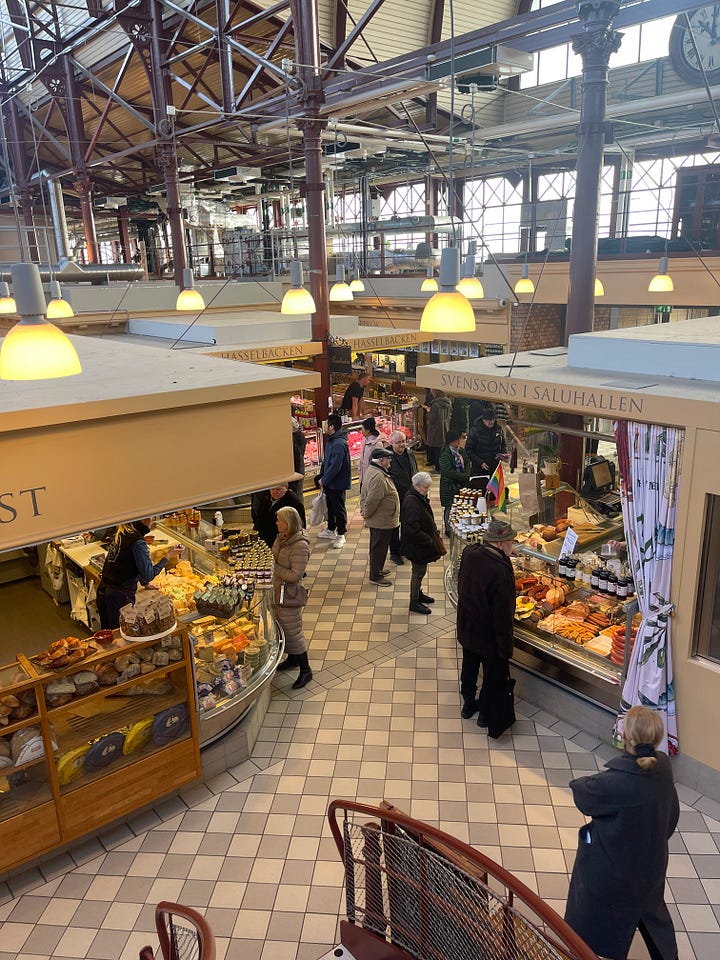
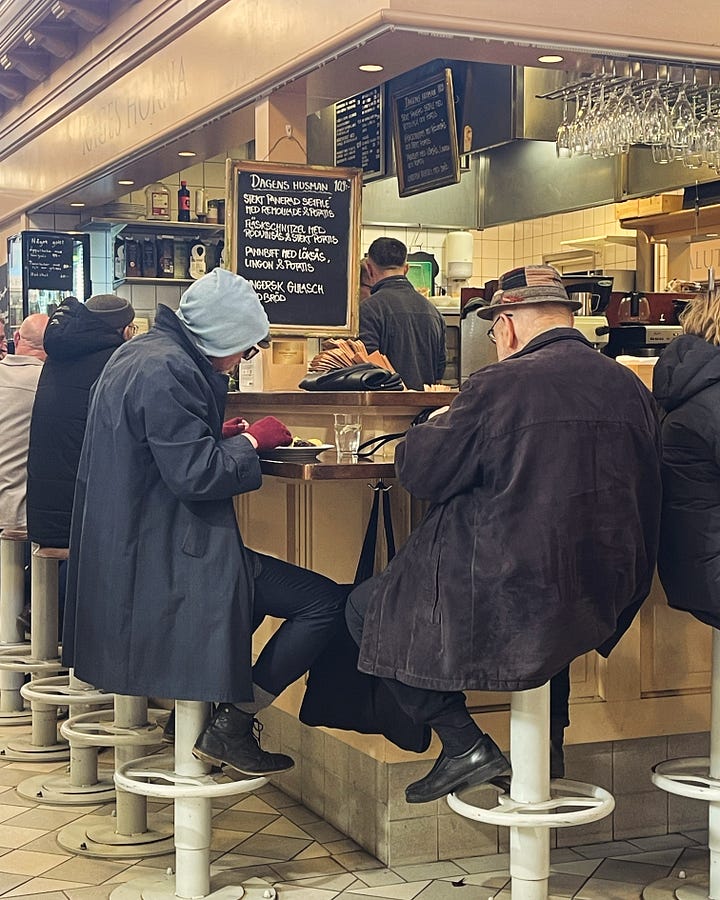
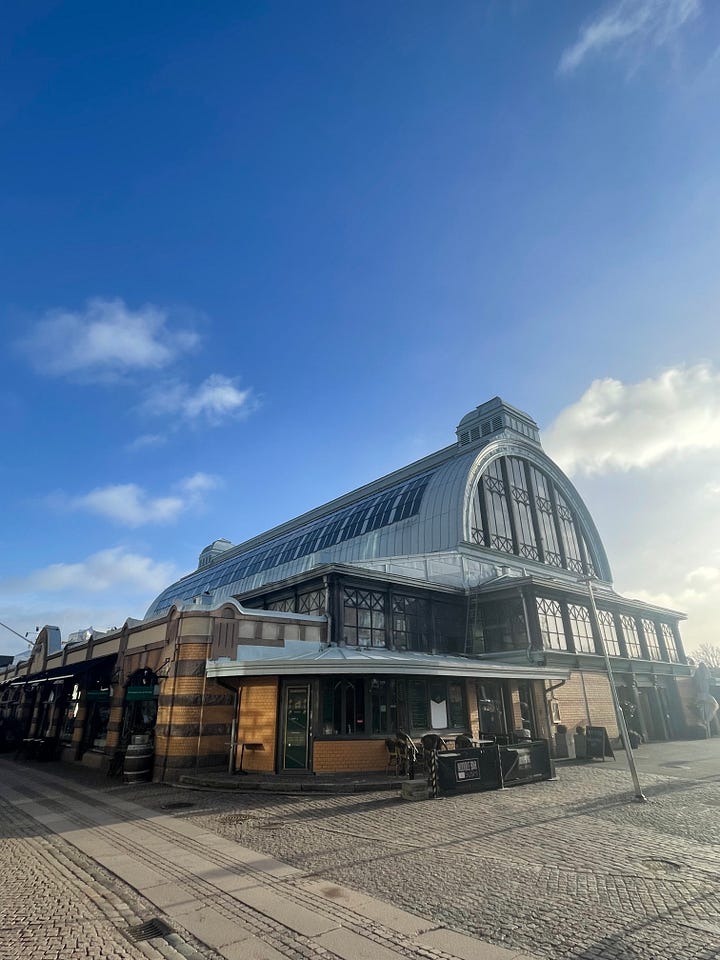

Gothenburg: First Impressions and Hoping For a Springsteen Sighting
I arrived in Gothenburg late at night, greeted by a brisk wind that felt more refreshing than cold. My home base was the Elite Plaza Hotel, one of the top hotels in the city, yet surprisingly affordable. During the drive from the airport, my Uber driver casually mentioned that my hotel was where the Boss stayed whenever he was in town.
Exhausted by the non-stop barrage of American political news lately and immediately assuming he meant an unmentionable orange "boss," I groaned. The driver, amused, quickly corrected me: "Not him! The real Boss, Bruce!" Gothenburg’s reputation as a favorite city of Springsteen—thanks to the energetic, positive Swedish audience he said he appreciates—immediately made me feel like I was in good company. (Full disclosure: When I asked the hotel receptionist if this was indeed where Springsteen stayed when he was in town, she only smiled knowingly but would not respond. Your secret’s safe here, Bruce!).
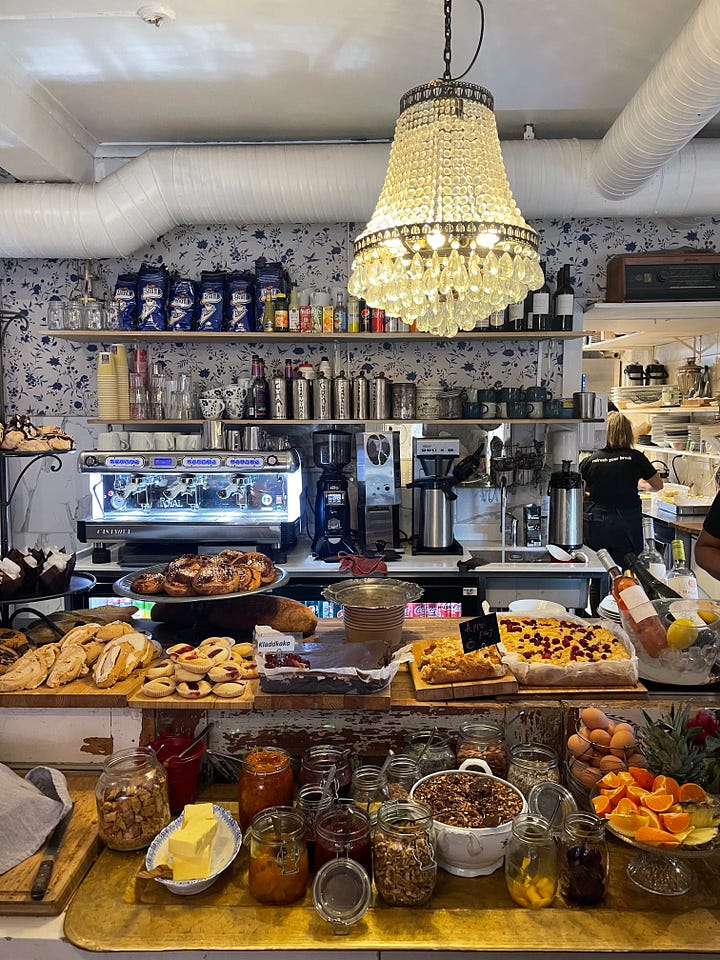
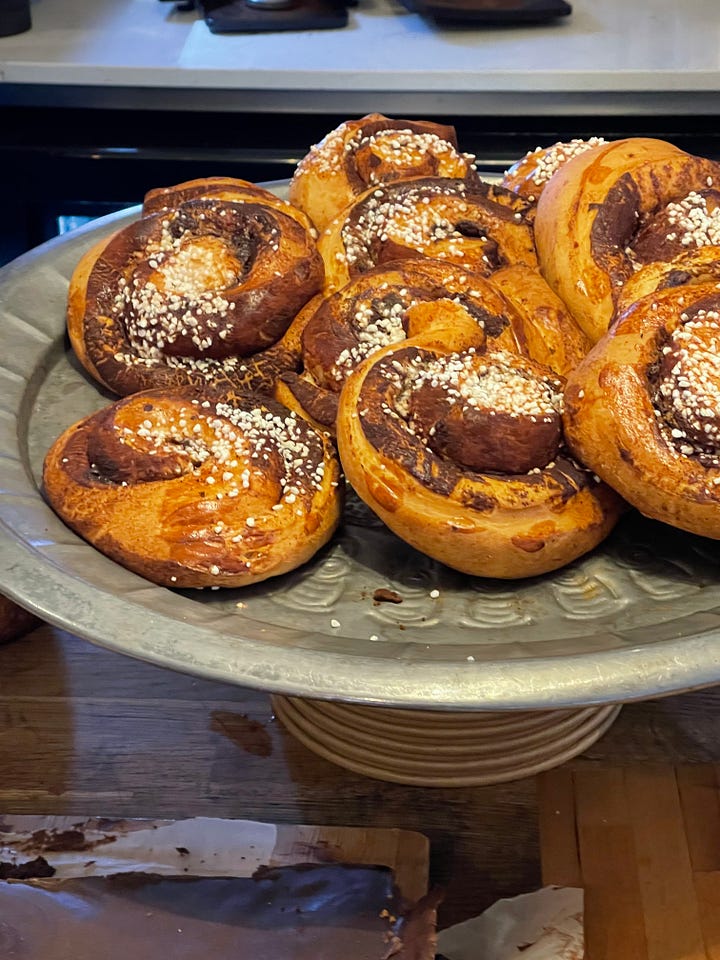
The Tradition of Fika: More Than a Coffee Break
No discussion of Sweden is complete without mentioning fika and it was the first thing I sought out after a deep and restful sleep. Fika is much more than just a coffee break—it’s a daily ritual that embodies the Swedish appreciation for slowing down and connecting with others. I wrote a book about the concept of hygge and many of fika’s principles reminded me of this Danish approach to happiness and well-being.
Fika typically involves coffee, accompanied by pastries (often the iconic cinnamon buns or kardemummabullar, a Swedish cardamom bun). But beyond the pastries and robust coffee, fika is about taking a pause in your day, whether with friends, family, colleagues, or even just yourself, and enjoying the simple, everyday moments that we tend to overlook in our fast-paced world. It’s not just a chance to refuel. It’s an integral part of their culture that fosters social connection and well-being.
I indulged in fika breaks all over Gothenberg (it’s impossible not to since their cozy coffee shops are ridiculously inviting). One of my favorite fika stops was at Café Husaren, known for its giant cinnamon buns (seriously, they’re the size of an adult-sized head!).
Café Husaren is located in Gothenburg’s Haga neighborhood, one of the city’s oldest districts. Once a working-class area dating back to the 17th century, Haga is now a dynamic, spirited neighborhood known for its cobblestone streets lined with quaint coffee shops, craft boutiques selling local artisan wares, and welcoming restaurants, making it the perfect spot for a leisurely fika (or four).
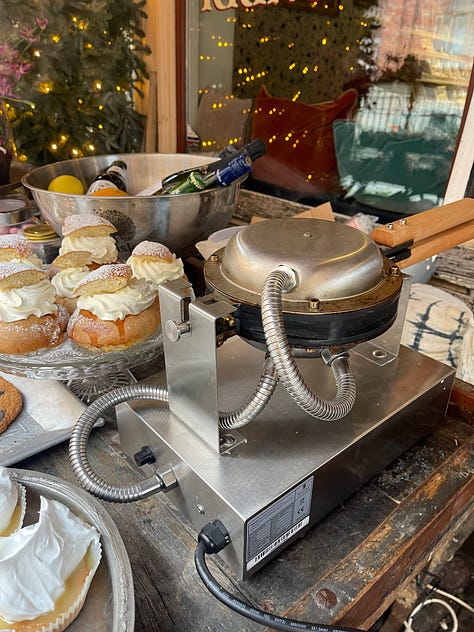



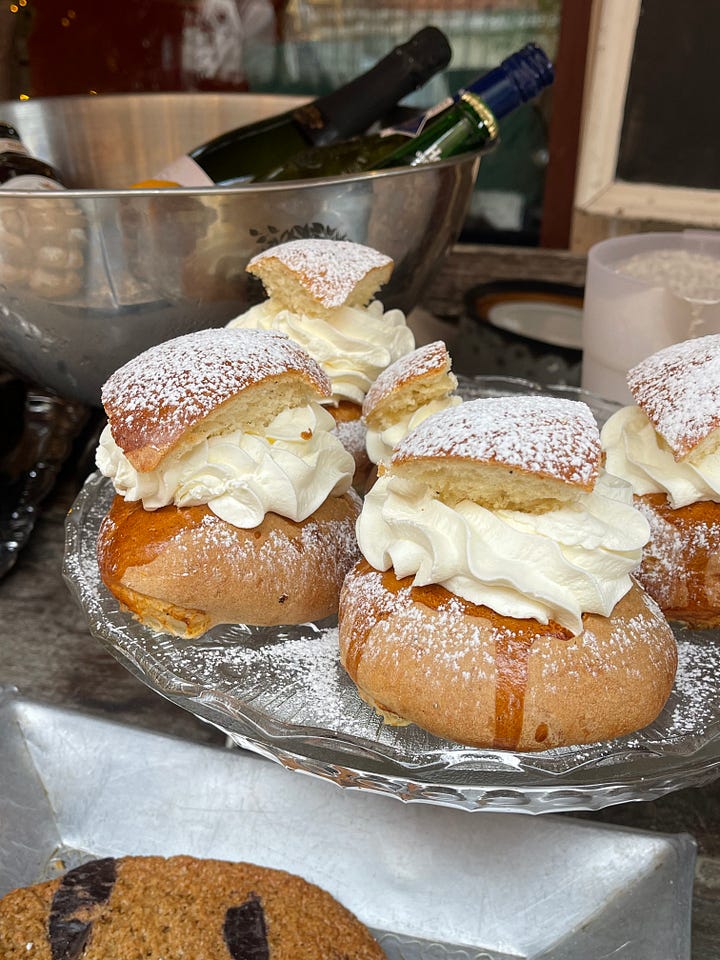
A Little Art, For Good Measure
Even though I could have, I didn’t spend all my time in Gothenburg’s coffee shops. There were also the city’s vibrant markets, friendly cafés, and local art scene to explore. The city’s reputation as a food lover’s haven was well-deserved. While Gothenburg is known for its seafood, the broader food culture offers an intriguing blend of traditional and innovative flavors driven by global culinary traditions.
Taverna Averna offered an eclectic menu of local ingredients prepared in creative but unpretentious ways, while Lunch Bar Balut proved to be the perfect place for a relaxed midday bite and a glass of wine. I ordered a Swedish-inspired wood-fired pizza at Kafé Magasinet that included whitefish roe, crème fraîche, red onion, smoked cheese, dill, and lemon zest, pairing it with local craft beer.
Gothenburg boasts an impressive local beer brewing tradition stretching back 300 years, with craft breweries all over the city, offering a range of unique and flavorful beers that reflect both modern brewing techniques and Sweden's long-standing appreciation for high-quality, small-batch brews. The city’s brewers are known for their innovation and commitment to sustainability, making the city a hub for beer enthusiasts.
Of course, I couldn’t visit Gothenburg without exploring Stora Saluhallen, the city’s main covered market that was opened in the 19th century. It’s brimming with fresh produce, cheeses, pastries and an incredible selection of seafood. Between the stalls of local products there are fantastic restaurants and craft shops selling everything from pottery to the iconic Swedish Dala horses. The market embodied the heart of Gothenburg’s food scene, offering the freshest ingredients with a commitment to sustainability—a concept I found reflected in so much of the city’s culture.
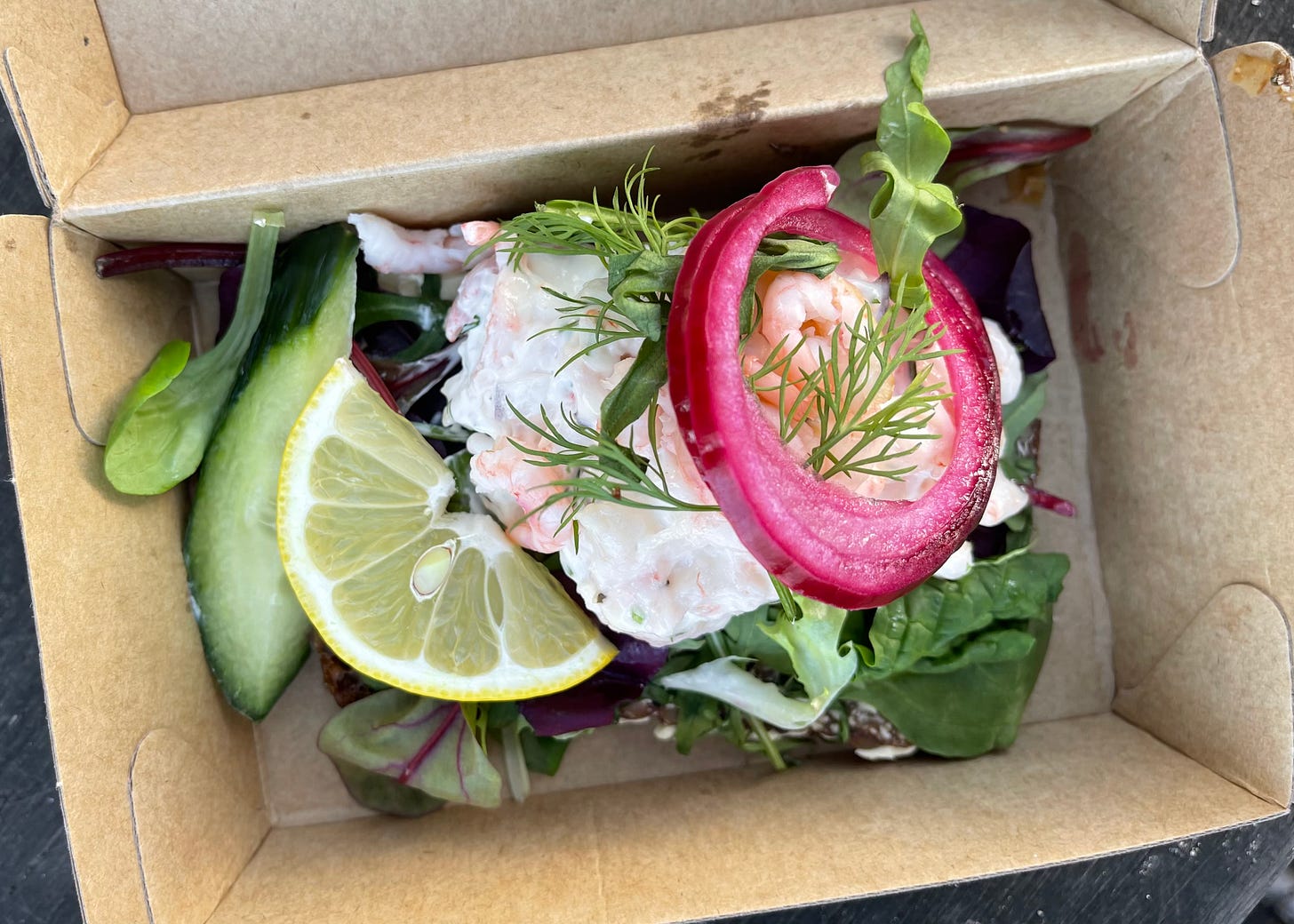
The Sustainability Mindset
Gothenburg’s commitment to sustainability was apparent everywhere. The city has even been named the top sustainable destination in the world seven years in a row. This includes a commitment to using every part of an ingredient that I witnessed in its markets, cafes and restaurants. Inspired by this, I introduced a charred carrot peel oil to a soup recipe I developed after my visit.
Like the Swedes, I wanted to find a way to reduce food waste and elevate simple dishes by utilizing the "unseen" parts of vegetables—just as you can do with your peelings and leftover stems. The oil in the recipe below, made by charring carrot peelings, has a smoky, robust flavor and can be drizzled over soups or salads to add an extra layer of complexity. The philosophy here is simple: use what you have, savor the flavor, and eliminate waste. It’s a mindset that aligns so well with the Swedish fika, where slowing down and enjoying life is celebrated, often with something as simple as a perfectly brewed cup of coffee and a good conversation.
Gothenburg: A Cultural and Historical Hub
Beyond food, Gothenburg’s art scene is impressive. The Gothenburg Museum of Art (Göteborgs konstmuseum) provided an intriguing blend of Swedish and international works, reflecting the city’s deep appreciation for creativity. But art isn’t confined to galleries—the city itself is a living canvas, with its quirky cafés, vintage shops, and creative spaces adding to the artistic vibe. Shopping for Swedish crafts (slöjd) was an adventure in itself.
There’s the iconic Dala horse (Dalahäst), a colorful wooden figure from Dalarna that exemplifies Swedish folk art. Textile arts include handwoven rugs (rölakan) and intricate band weaving, while wood carving (träslöjd) includes decorated bowls and utensils. The indigenous Sami create duodji, using reindeer antlers, leather, and pewter thread for items like jewelry, belts and knives. Sweden’s renowned glassblowing tradition, particularly from Småland’s Orrefors and Kosta Boda, combines traditional craftsmanship with modern design, reflecting Sweden’s unique artistic legacy.
A Place to Return To
Founded in the early 17th century, Gothenburg’s geographical position on Sweden’s west coast makes it a natural hub for both commerce and travel. Its coastal location not only equates to abundant fresh seafood and a vibrant food scene, but also makes it incredibly walkable with hiking trails abundant within the city and just beyond it. Even in the cooler months, the brisk air felt rejuvenating as I meandered through the streets and along the canal edges, soaking up the creative, laid-back energy.
I left Gothenburg with my heart full and my mind buzzing with the knowledge that this is just the beginning of my Swedish adventures. Gothenburg captured my imagination—and I’m eager to return. In the meantime, I’ll carry the spirit of fika with me: taking a moment to pause, enjoy, and appreciate the small things that make life more meaningful
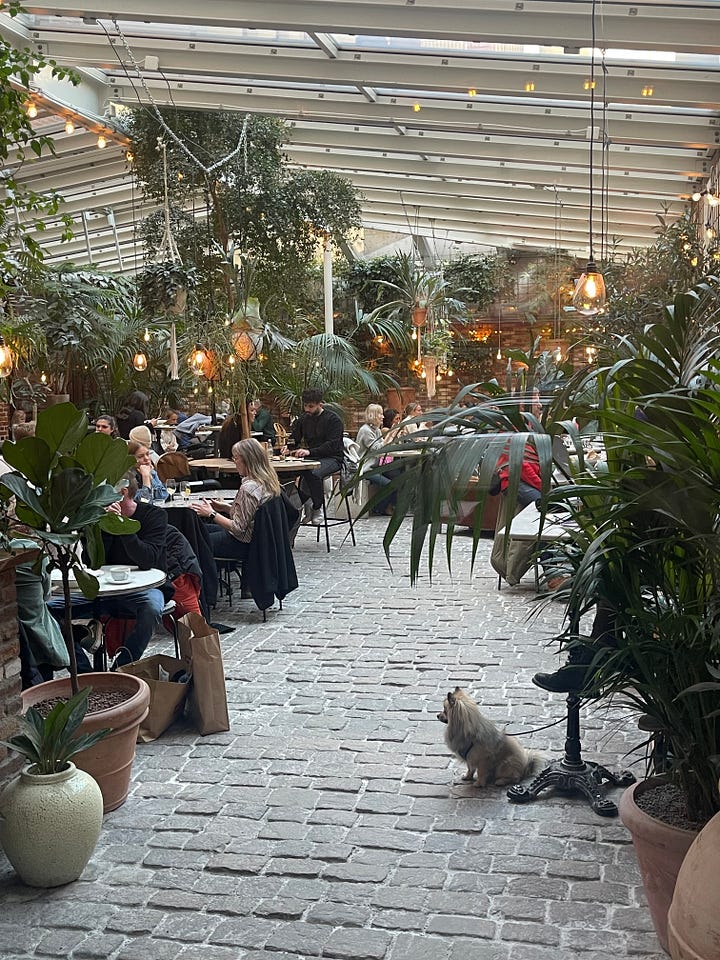
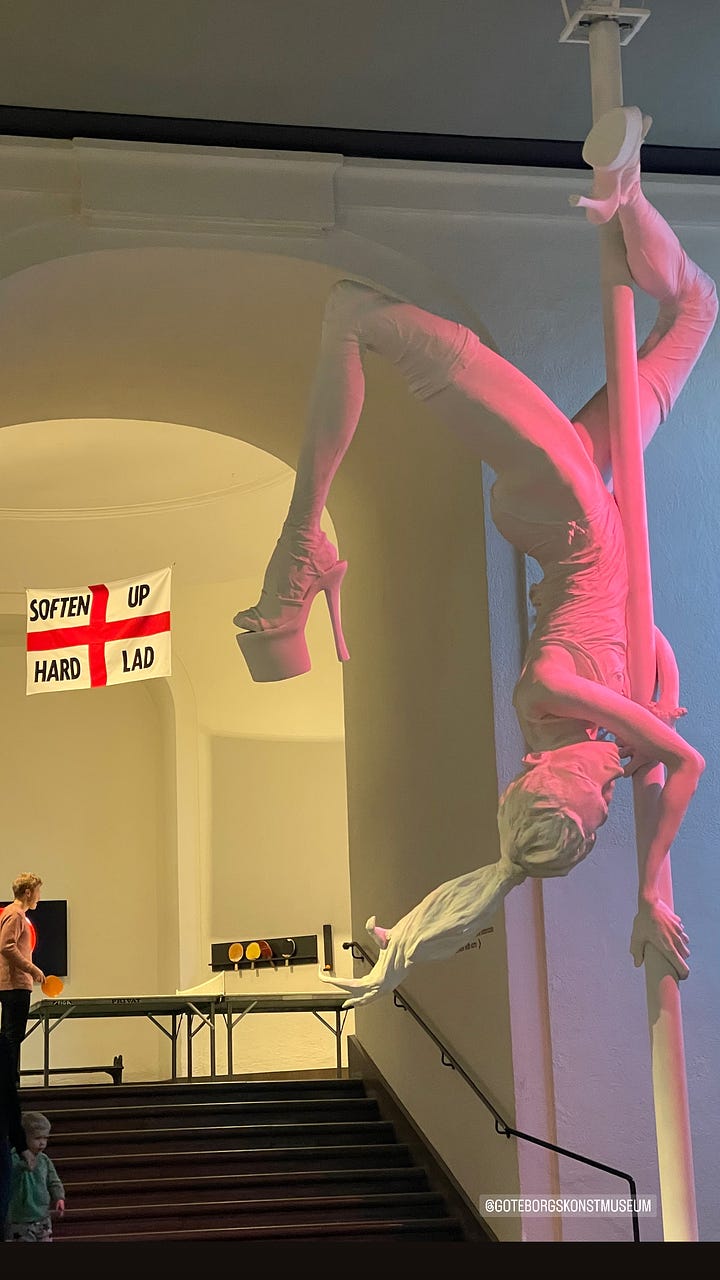
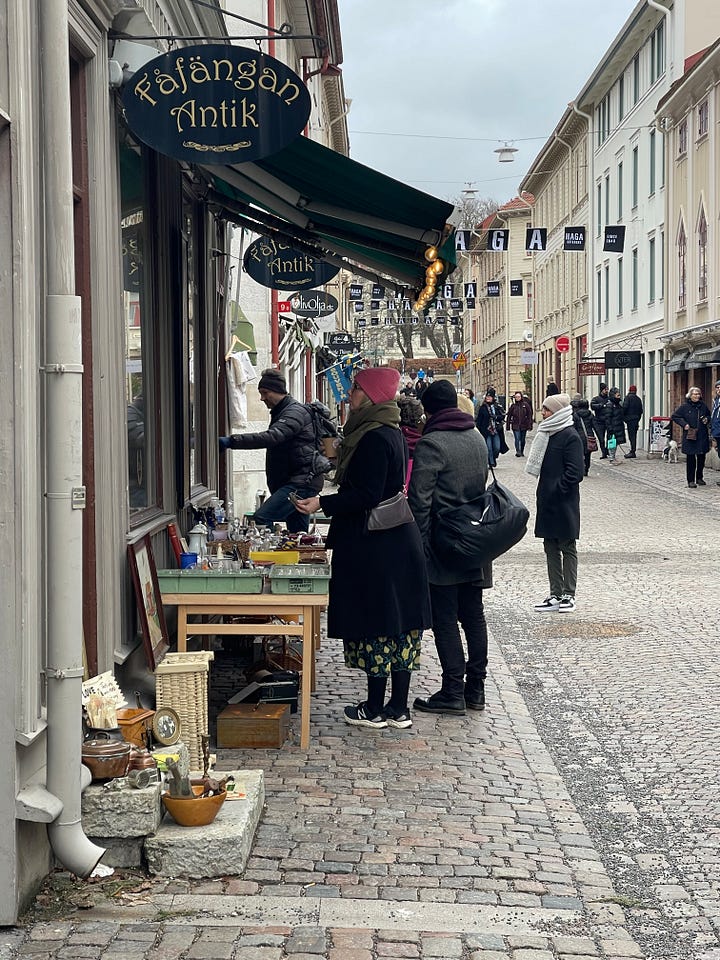
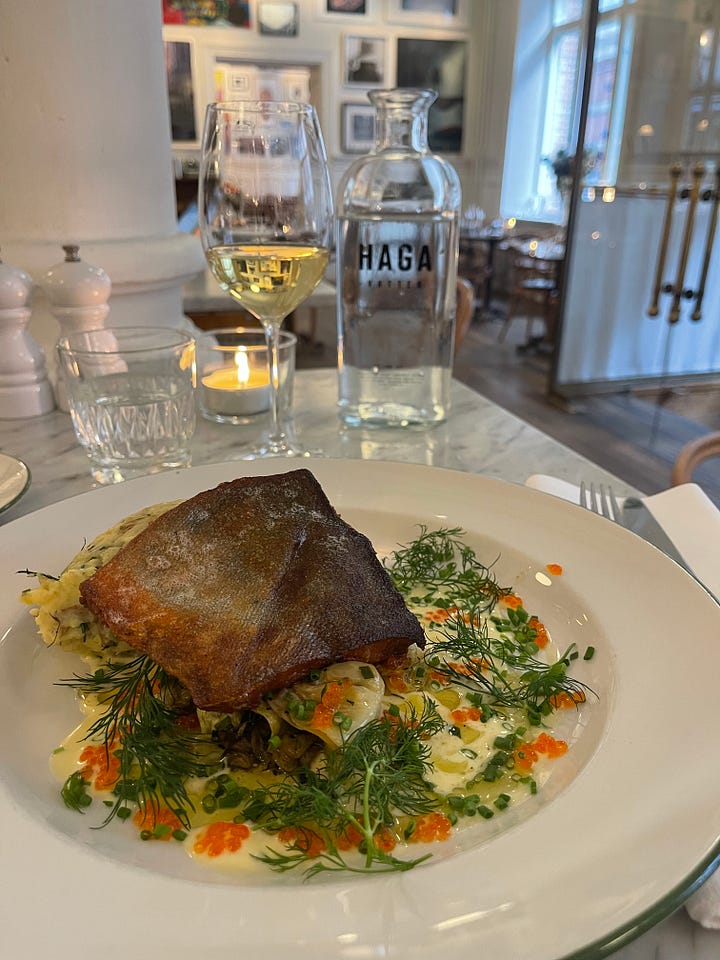
Gothenburg Travel Guide
Coffee Shops
Café Husaren (Haga): Famous for its giant cinnamon buns, this café in the heart of the old town is perfect for a traditional Swedish fika.
Kafé Magasinet: A cozy spot known for its excellent coffee and tacos. Perfect for a casual, laid-back afternoon.
JohanochNystrom: A serious coffee shop for aficionados who love expertly brewed coffee.
Da Matteo: A local favorite with a reputation for strong coffee and freshly baked goods.
Pubs and Bars
Spike Brewery: Known for its great selection of local craft beer. A perfect spot for beer lovers.
Hagabions Café: A café and bar with a focus on vegetarian food and craft beers.
Ölstugan Tullen: For an authentic old-school bar experience, this is a must. It offers a laid-back atmosphere and plenty of Swedish beer on tap.
Folk: Located in a theater, this wine bar and restaurant is ideal for dinner and drinks. Make sure to reserve a spot ahead of time.
Markets
Stora Saluhallen: Gothenburg’s premier food market is packed with local produce, cheeses, and seafood. A must-visit for food lovers.
Kvibergs Marknad: A massive flea market where you can find everything from vintage clothes to unique Scandinavian artifacts.
Fish Church (Feskekörka): While temporarily closed, it’s an iconic seafood market housed in a building that looks like a church. Great for photos.
Shopping and Neighborhoods
Haga: The old town is filled with charming streets, vintage shops, and cafés. It's the perfect area for a leisurely afternoon of strolling and shopping.
Magasinsgatan: Known for its independent shops, this area is the place to discover Swedish design and up-and-coming fashion.
Linné: A trendy, bohemian neighborhood with a mix of bars, boutiques, and cafés. It’s also close to parks and green spaces.
Bookshops
Göteborgs Litteraturhus: A key stop for book lovers, this cultural center hosts events and showcases Scandinavian literature. It's a great place to pick up something by Swedish authors and soak in the rich literary culture of Gothenburg.
Parks
Slottsskogen: Gothenburg’s largest park, perfect for a walk or a picnic. It has a zoo, playgrounds, and plenty of green space.
Botanical Garden (Botaniska Trädgården): One of Europe’s largest botanical gardens, with over 16,000 species of plants. A peaceful spot for nature lovers.
Trädgårdsföreningen: A 19th-century park located right in the city center, known for its beautiful rose garden and glass greenhouse. It’s ideal for a tranquil walk or a scenic coffee break.
Hotels
Elite Plaza Hotel: This was my home base while in Gothenburg and I highly recommend it. Located in the heart of the city, this luxurious yet affordable hotel is where even Bruce Springsteen stays when he’s in town (shhhhh….).
Hotel Flora: A stylish boutique hotel located near shopping areas and perfect for a design-conscious traveler.
Avalon Hotel: A modern hotel with a rooftop pool, located in the middle of Gothenburg’s bustling city center.
Sail In On a Shrimp Sandwich
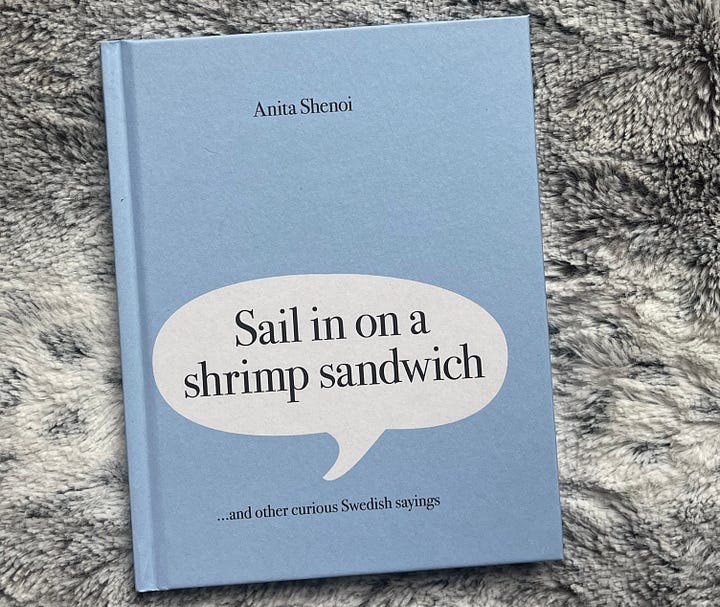

I picked up Sail in on a shrimp sandwich by Anita Shenoi, a book of Swedish sayings, while in Gothenburg. Here are a few of its many gems:
“Ingen ko på isen”: “No cow on the ice.” This expression is used to mean “no worries” or “don’t panic.”
"Skägget i brevlådan" – “The beard in the mailbox.” It humorously describes someone caught in an embarrassing or compromising position.
"Lägga lök på laxen" – “Put onions on the salmon.” Similar to "adding insult to injury," it means to make a bad situation worse.
"Smaken är som baken, delad" – “Taste is like a backside, split.” Essentially, this means “to each their own.”
"Göra en höna av en fjäder" – “Make a hen out of a feather.” Like “making a mountain out of a molehill,” it means to exaggerate or blow things out of proportion.
"Kasta yxan i sjön" – “Throw the axe in the lake.” This means to give up or lose hope, as though abandoning a tool you need.
The simple act of cooking something for yourself is grounding, a way to feel like you're taking care of your body and soul.
– Nigel Slater
My newsletter is reader-supported.
Free subscribers get limited access to the weekly newsletter and two weeks worth of archives.
Paid subscribers get complete access to all of the content in my newsletters and my entire archives. You’ll also get all of the recipes, guides, interviews, cooking tips, essays and more, plus the ability to comment and participate in discussions.
Newsletters will arrive right in your Inbox or you can read them through the app.
Roasted Carrot and Parsnip Soup with Charred Veggie Peel Oil
When I visited Gothenburg, one of the most striking aspects of the city's food culture was its dedication to sustainability. From the markets to the restaurants, there was an emphasis on reducing food waste and using every part of the ingredient. Inspired by this ethos, I added a finishing touch to this Roasted Carrot and Parsnip Soup: a drizzle of charred carrot peel oil. This oil, made from the leftover peelings of the carrots, adds a smoky depth to the dish while minimizing waste—a nod to Sweden’s deep respect for nature and resourcefulness. You can do the same with other vegetable scraps, turning what would typically be discarded into a flavorful finisher for soups, salads, or roasted vegetables.
The oil is incredibly simple to make: just char the peelings in a pan on high heat until they’re slightly blackened, then steep them in olive oil for at least 24 hours. After straining, you’ll have an aromatic, smoky oil that adds a bold punch to any dish.
This soup recipe is a celebration of roasted root vegetables, with their natural sweetness enhanced by fresh dill and lemon. Whether you’re looking for a warming lunch or a comforting dinner, this dish reflects both the heartiness and simplicity of Scandinavian cuisine and the resourcefulness that Gothenburg's food scene inspired in me.
This vibrant, flavorful soup is a perfect reflection of the lively and sustainable food culture I discovered in Gothenburg. Pair it with a slice of sourdough bread, drizzle it with charred carrot peel oil, and you’ll be transported right to the heart of Sweden’s west coast.
Prep Time: 15 minutes
Serves: 1 hour
Ingredients:
6 large carrots, peeled (save the peelings for the oil!) and cut into chunks
4 large parsnips, peeled and cut into chunks
1 large onion, diced
4 cloves garlic, peeled
4 cups vegetable broth
1 teaspoon dried thyme
1/2 teaspoon dried rosemary
1 teaspoon ground ginger
1/2 teaspoon sea salt
1/4 teaspoon ground black pepper
1/4 cup fresh dill, chopped
1 tablespoon lemon juice
Lemon zest (for garnish)
Olive oil (for roasting and finishing)
Sunflower seeds or pumpkin seeds (for garnish)
For the Charred Carrot Peel Oil:
Carrot peelings (from the soup ingredients)
1/4 cup olive oil
Charred Carrot Peel Oil: Start by making the oil. Heat a dry pan over medium-high heat and add the carrot peelings. Char them until they are slightly blackened and aromatic, about 5 minutes. Remove from heat, let cool, and then combine the peelings with the olive oil in a small saucepan. Gently heat the oil on low for 10 minutes to infuse the flavors. Strain and set aside.
Roast the Vegetables: Preheat your oven to 400°F (200°C). On a baking sheet lined with parchment paper, spread out the carrot and parsnip chunks along with the diced onion and garlic cloves. Drizzle with a bit of olive oil, toss to coat, and roast for 25-30 minutes, stirring once halfway through, until the vegetables are tender and caramelized.
Make the Soup: Transfer the roasted vegetables to a large pot. Add the vegetable broth, thyme, rosemary, ginger, salt, and pepper. Bring to a boil, then reduce the heat and simmer for 15 minutes.
Blend: Using an immersion blender, puree the soup until smooth and creamy. If you prefer a thinner consistency, add more broth. Stir in the fresh dill and lemon juice, and simmer for another 5 minutes.
Serve: Ladle the soup into bowls and garnish with lemon zest, sunflower or pumpkin seeds, and a drizzle of the charred carrot peel oil. This finishing touch brings a smoky depth to the soup and showcases how even the most humble scraps can elevate a dish.
Expat Life: Advice, Tips, News and Encouragement
I relocated from America to Europe about four years ago and I’m always being asked what the experience has been like, how to do it, advice for making the process easier, and where to live.
It’s tricky, sometimes headache inducing, often nerve wracking, a bit baffling, but not impossible and at least for me, fulfilling, rewarding, and life enhancing. This weekly section explores what I’ve learned (and am continuing to learn) and highlights the most recent news and helpful advice for those who are thinking about exploring the expat life.
In this week’s edition of Expat Life: My News From Portugal!
Yesterday I received the news that my visa was approved for Portugal and I’m good to go (and SO ready to get settled) in this gorgeous country for the next two years, with the option to renew for another three. As long as you pay your taxes, pay into the social security and medical insurance systems, learn the language, and demonstrate an effort to immerse yourself in Portuguese life and culture, Portugal is one of the few countries in the EU that offers citizenship after five years as opposed to ten for most of the other countries in this region.
Let’s Talk!
Please join the What’s Good Here community by posting a comment or to just say hello to get the conversation started! (for paid subscribers only)
Image attributions throughout the newsletter are mine, unless otherwise noted.
If you would like to learn more about me and discover what I will deliver to you each week through this newsletter, you can find that information here or check out my Instagram or website.




